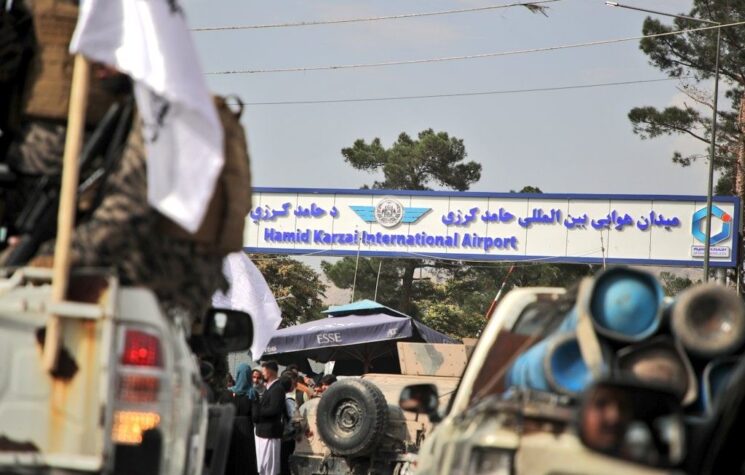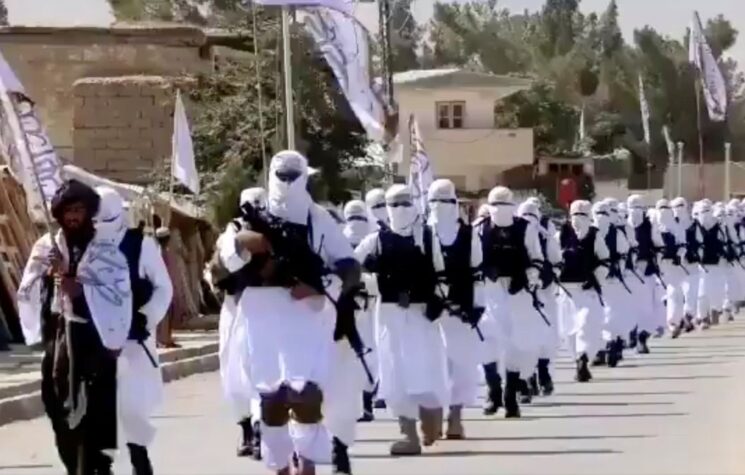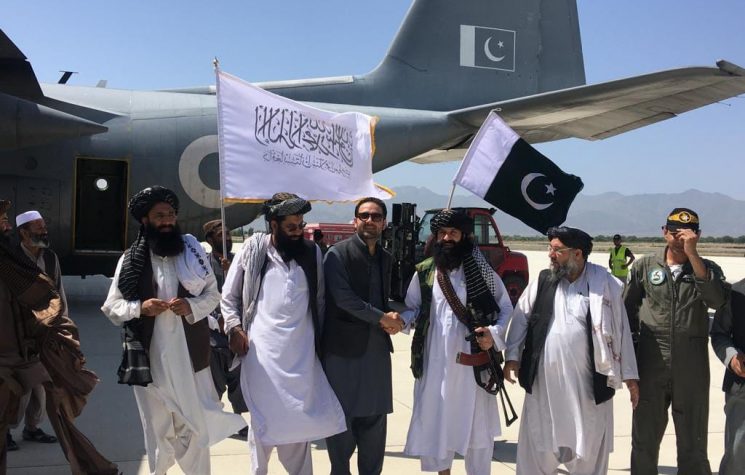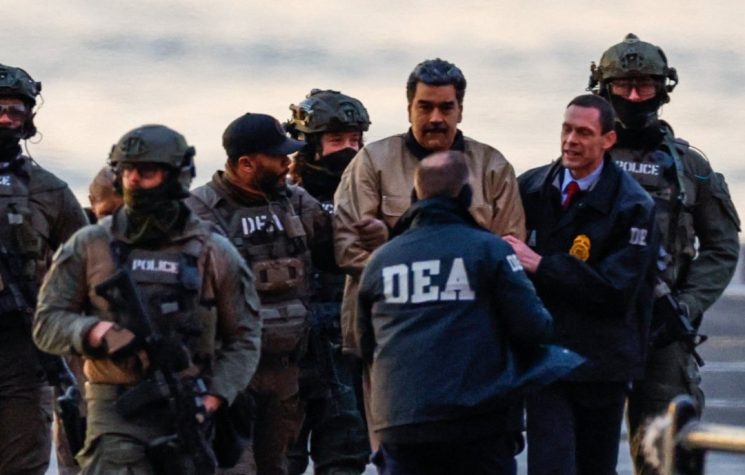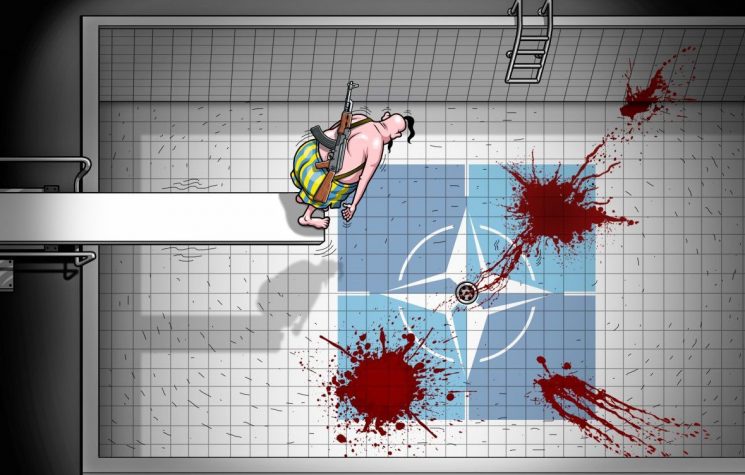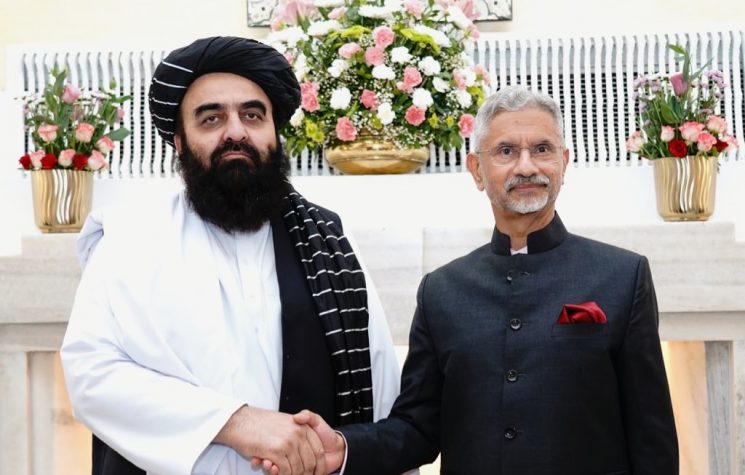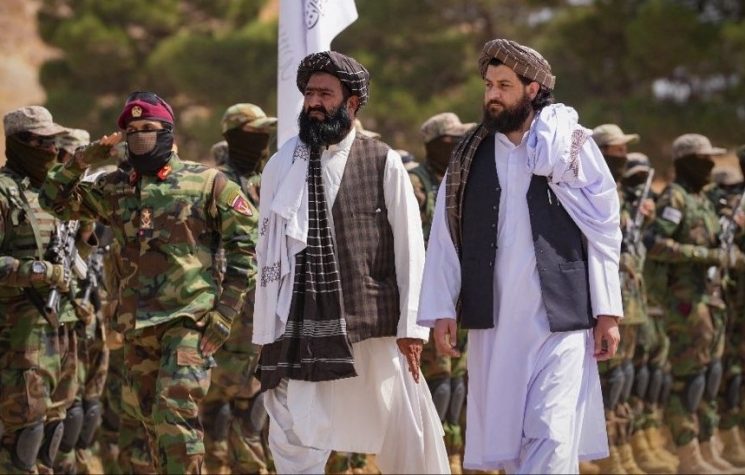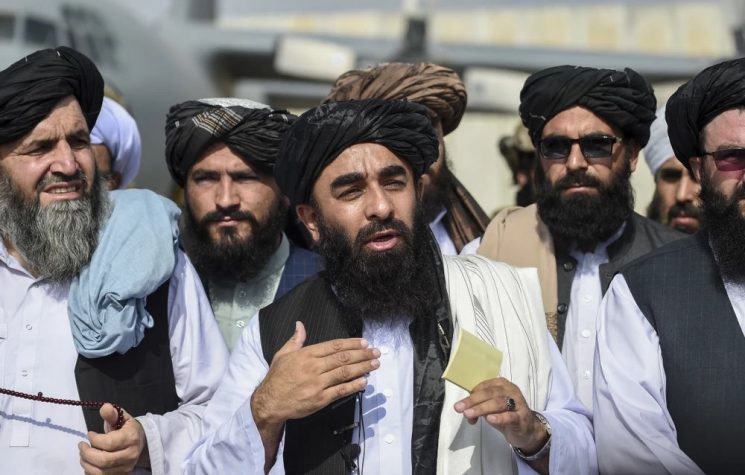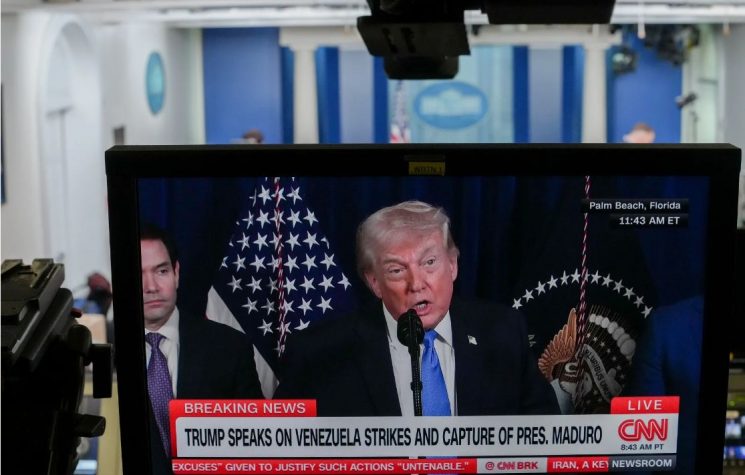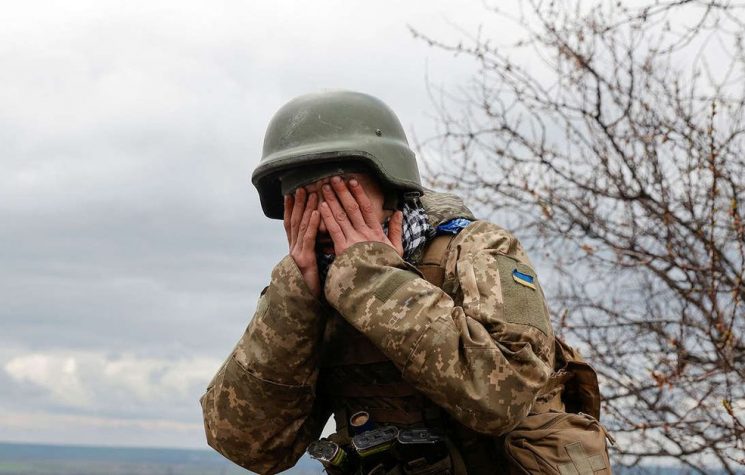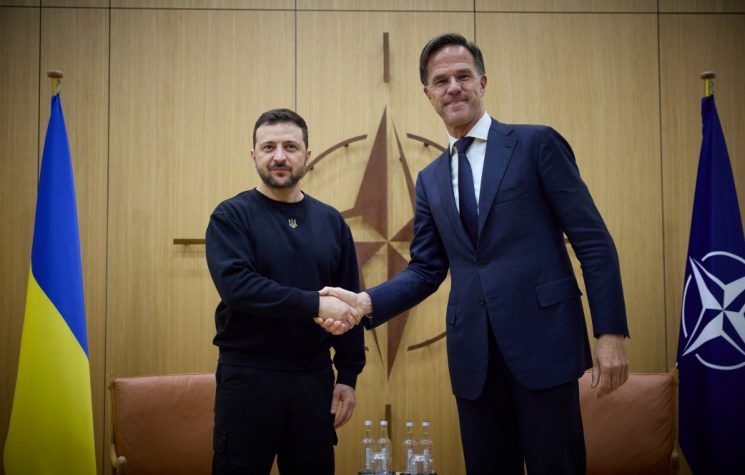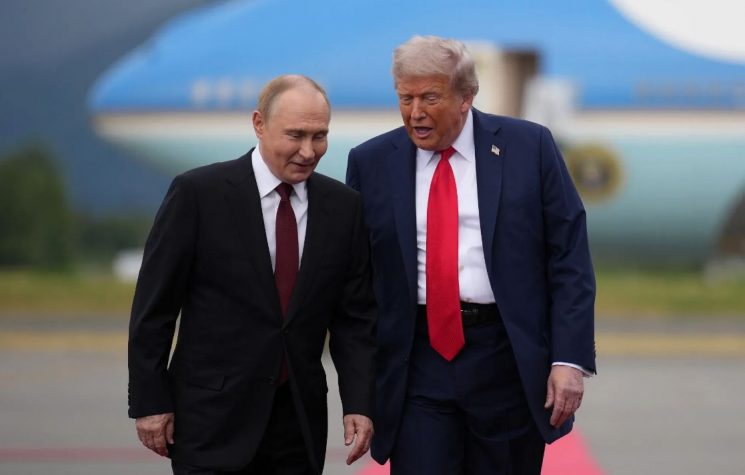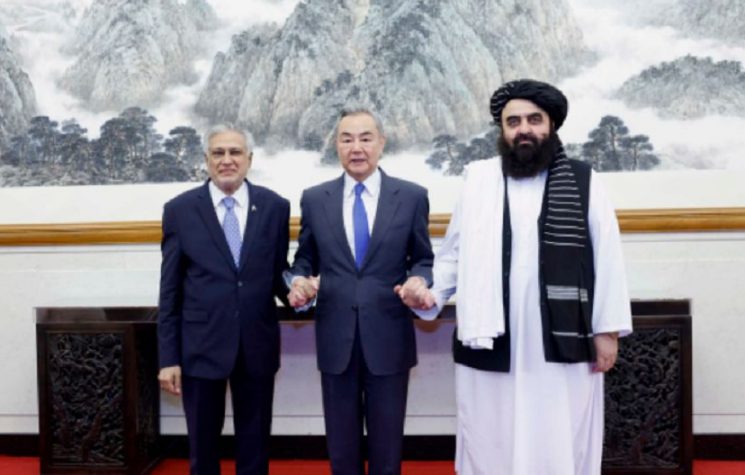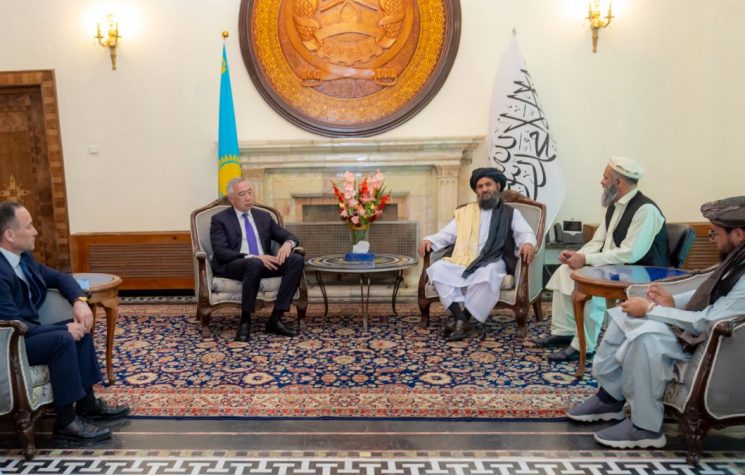The difference between the U.S. performances in Vietnam and Afghanistan is that in the first, the vehicles were painted green and in the second, sand.
The lesson of Afghanistan is not that the US is washed up as a great power. The lesson is that the US is such a great power, militarily and economically, that it is continually tempted to try hopeless things that nobody else on earth – including China – would ever attempt.
David Frum gives new meaning to the expression “in denial”.
Don’t believe what you’re told by the generals, or the ambassadors, or people in the administration saying we’re never going to do this again. That’s exactly what we said after Vietnam. We’re never going to do this again. Lo and behold we did Iraq. And we did Afghanistan. We will do this again.
John Sopko, the special inspector general for Afghanistan Reconstruction (SIGAR)
Bill Ehrhart arrived in Vietnam in 1967 believing everything. His first indication that all was not as expected came when he wasn’t welcomed the way Allied soldiers had been in 1944. A couple of days later he was shocked to see “detainees”, bound hand and foot, casually tossed off a high vehicle by other Marines. This didn’t seem to be the way to treat people the Americans were there to help said he to his companion who told him to keep his mouth shut “until you know what’s going on around here”. And, he continues in this video, “it went downhill from there”. Every day patrols met “snipers and mines” but he saw hardly any enemy soldiers. He came to realise that the Viet Cong didn’t have to force people to fight the Americans; once a Marine patrol had destroyed its way through a village, they’d have all the recruits they needed:
The war he saw bore no resemblance to the optimistic stuff he read in Time Magazine and other mass media. So he hunkered down, stopped asking the questions of what and why – “the questions themselves were too ugly even to ask” – did what he did and waited for the date when he would go home.
This story is from Afghanistan but it fits Ehrhart’s conclusion perfectly. The first Americans into a valley in 2001 make contact with a local timber baron; he tells them his rival is a Taliban supporter; the rival is bombed; he loses his business, some of his family are killed and he does join Taliban. You can just imagine the locals, when these dumb and ignorant – but terribly destructive – aliens drop out of the sky, calculating how best to manipulate them. The Americans never think to reflect on Putin’s observation of five years ago:
Or try to answer his question: “who’s playing who here?”
The scene shifts to Afghanistan as we move four decades ahead from Ehrhard’s observations. For example, in this account in the Military Times:
- Expecting to be welcomed: “I just felt we were over there fighting an enemy who attacked America and liberating the people of Afghanistan from Taliban rule”.
- They’re all the enemy: “It was such a complex war with more than one enemy, not just the Taliban… Sometimes it seemed like it was just some young, bored kids shooting at us”.
- The happy-happy reports are all fake: “Seeing politicians use Afghanistan and Iraq as a talking points without any action, then seeing young men and women run through deployment after deployment until they have nothing left to give, only to be discarded and left to figure out how to cope…”.
What’s the difference between these American soldiers’ experiences in Afghanistan and their predecessors’ in Vietnam?
Ehrhart doesn’t talk about personnel rotation policy in Vietnam although there is an allusion to it: he knew to the day when his time would end and, as it happened, he was literally plucked out of a firefight and sent home. The practice was that junior officers were at the front for six months and other ranks for one year. Thus an individual infantryman might go through two or three platoon commanders with fellow platoon members appearing and disappearing as their dates came up. The effects of unit cohesion were devastating – indeed there was no unit cohesion at all. This rotation policy was argued to be one of the reasons for the defeat as described in this essay. A colleague of mine was peripherally involved in this discussion as he presented the British/Commonwealth “regimental system” in which units and subunits went in together and came out together. But what do we see in Afghanistan four decades later?
Hearts and minds sounded great on paper, but it was often seen as an empty promise to the locals… We would inevitably break those promises in one of two ways. First, the command may just up and move us to a different area, leaving those who helped us high and dry. Second, frequent deployment rotations meant personal relationships would only last, at most, a few months to a year.
And, of course, that great favourite of the American Way of War – bombing. Lots of bombing. In the Vietnam War the US is said to have dropped seven million tons of bombs on Vietnam, Laos, and Cambodia. I haven’t found tonnage numbers for Afghanistan, but there are numbers on “weapons releases”. This presumably includes bombs (but was each “dumb” bomb really counted?) and missiles but not artillery or – vide the destruction of the MSF hospital in Kunduz – Hercules gunships. The numbers I can find say that there were, between 2013 and 2019, about 26,500 “releases” plus about another 21,000 going back to 2006. Another estimate puts it at at least 81,000 in total. It is generally accepted that 160,000 tons were dropped on Japan proper – a country with numerous shipyards, naval bases, aircraft and munition factories; few of which existed in Vietnam and none at all in Afghanistan. What were they bombing?
The next similarity is that reports in both wars were, to put it gently, doctored to make things look better than they were. The Pentagon Papers have their direct match in the Afghanistan Papers. From each it is clear that the authorities knew, from the first few years, that it was a failure; but they hid, lied and obfuscated. Each commander kicked the failure down the road for his successor to deal with. Official accounts of each war show plenty of “light at the end of the tunnel”, “turning the corner” year after year until the last corner was turned and the lights went out.
In Vietnam the enemy was moving under forest cover, so the US forces dropped immense quantities – tens of thousands of cubic metres – of defoliants to clear away the leaves they were hiding under. Few trees in Afghanistan so instead there was geological bombing “blasting away mountain passes and potential cover to limit where and how militants can operate”. An insane use of technology and destructive power substituting for tactical competence. And little to no effect on the outcome.
Accounts of soldiers’ experiences in Vietnam speak of patrols that, when they run into snipers or mines, call in artillery or airstrikes at vague targets – effectively saturation bombing – and helicopter out. We hear the same thing in Afghanistan. The only difference being that patrols in the former were on foot and in the latter in vehicles. It sees that the patrols had little purpose other than to show a presence: they’re not armies moving closer to Berlin or some other objective, they are just moving around. Something to do with “hearts and minds”, I suppose. But targets for the enemy and the opportunity for immense random destruction in retaliation.
Fake metrics are another similarity. Robert McNamara was US Secretary of Defense from 1961 to 1966 – the very height of the Vietnam War. He had been a “whiz kid” at Ford and had had the knack of impressing his superiors with flow charts and numbers. His behaviour in Vietnam has led to an entire fallacy being named in his honour. The “McNamara Fallacy” is described by Daniel Yankelovich as the following four steps
The first step is to measure whatever can be easily measured. This is OK as far as it goes.
The fourth step is to say that what can’t be easily measured really doesn’t exist. This is suicide.
In the Vietnam case the “easily measured” was the famous body count – number of enemy soldiers killed: the higher the number, the closer to “the light at the end of the tunnel”. According to this source, a rough calculation suggests that in 1965 there were more than five million males aged 15-39 in Vietnam and another seven million younger. That’s lot of bodies between the USA and victory. Secondly, if that’s what the boss wants to hear, that’s what we’ll tell him and the metric rapidly became GIGO. In Afghanistan, according to this account, it was dollars spent:
Perversely, because it was the easiest thing to monitor, the amount of money spent by a program often became the most important measure of success. A USAID official told SIGAR, “The Hill was always asking, ‘Did you spend the money?’…I didn’t hear many questions about what the effects were.”
Schools, hospitals, roads: hard to find, hard to measure (especially with widespread corruption) – bundles of hundred-dollar bills out the door easy to measure and so that became Afghanistan’s version of McNamara’s Fallacy. The make-believe precision measurement of nothing.
In a word, everything I’ve written about the American Way of War has been illustrated in the Afghanistan failure. The initial success feeding the appetite for further engagement and ever-larger aims. The assumption of free air movement and reliable communications. The obsession with technology. The self-replicating intelligence feedback cycle in which you only hear what you want to hear culminating in the final error of how much time was left to get out. The reinforcement of failure – bombing hasn’t worked, do more of it; can’t find the enemy, change the terrain. Worthless metrics. Inability to see things from the enemy’s perspective.
The only difference between the American performances in Vietnam and Afghanistan is that in the first, the vehicles were painted green and in the second, sand. They should sit out the next one.










